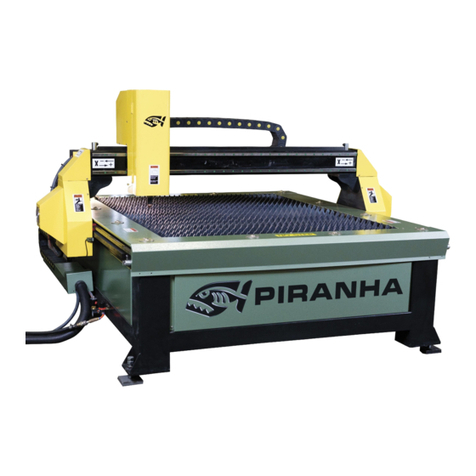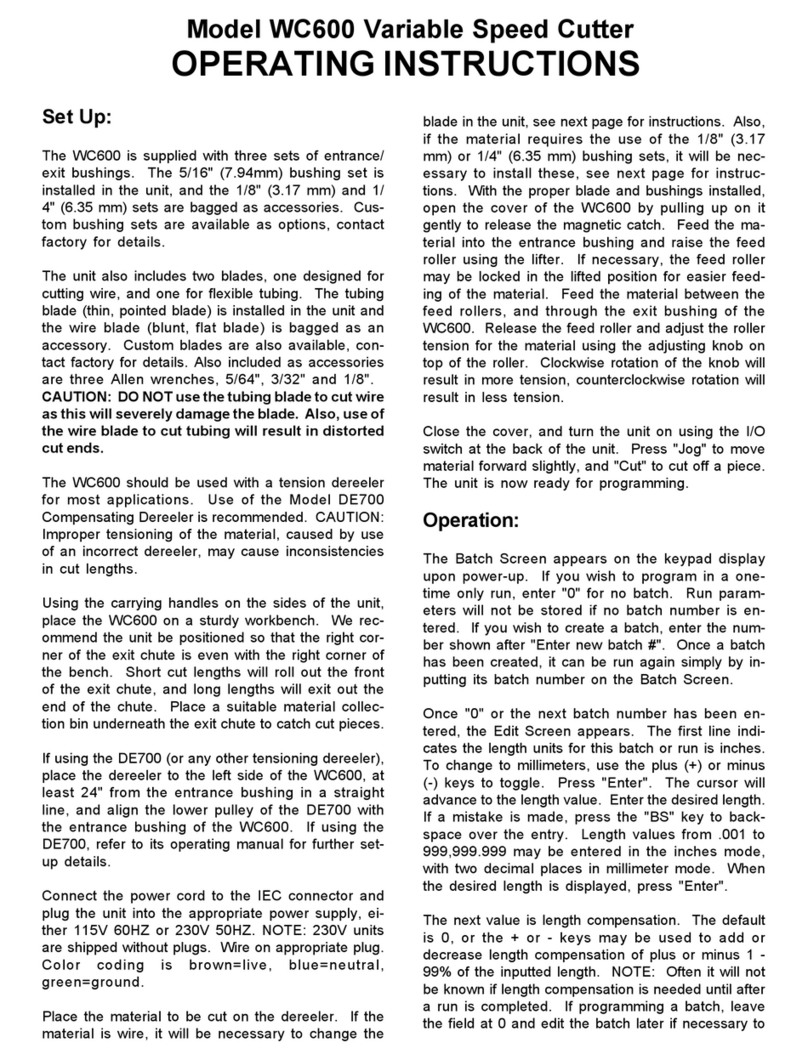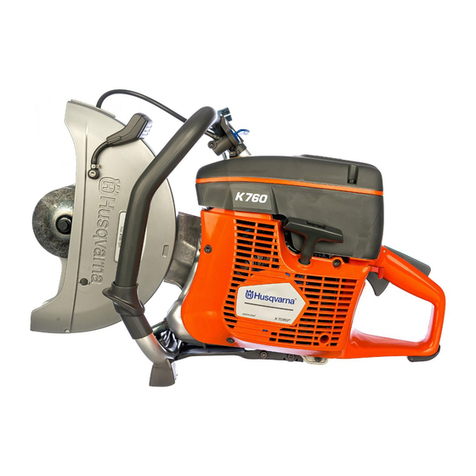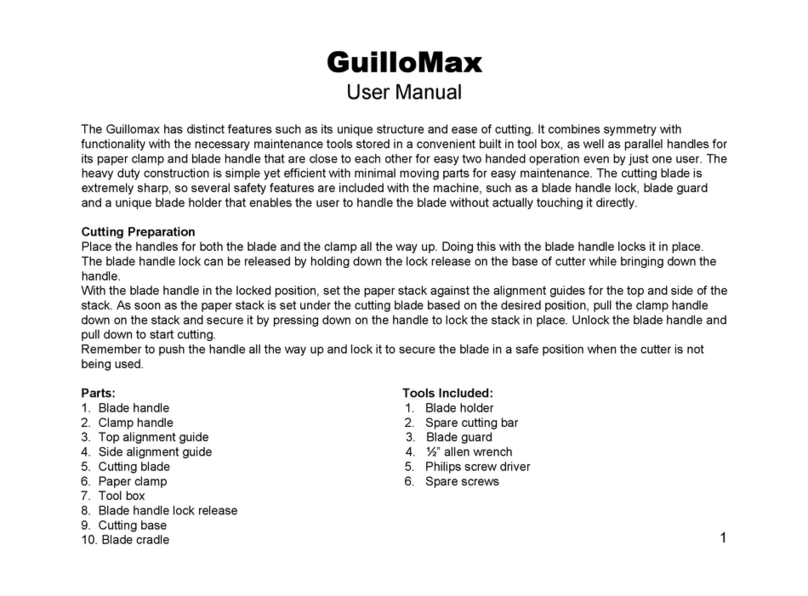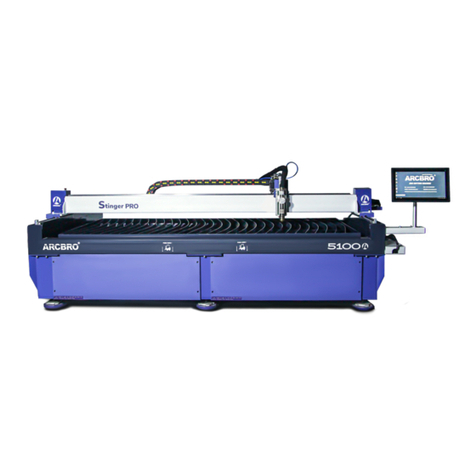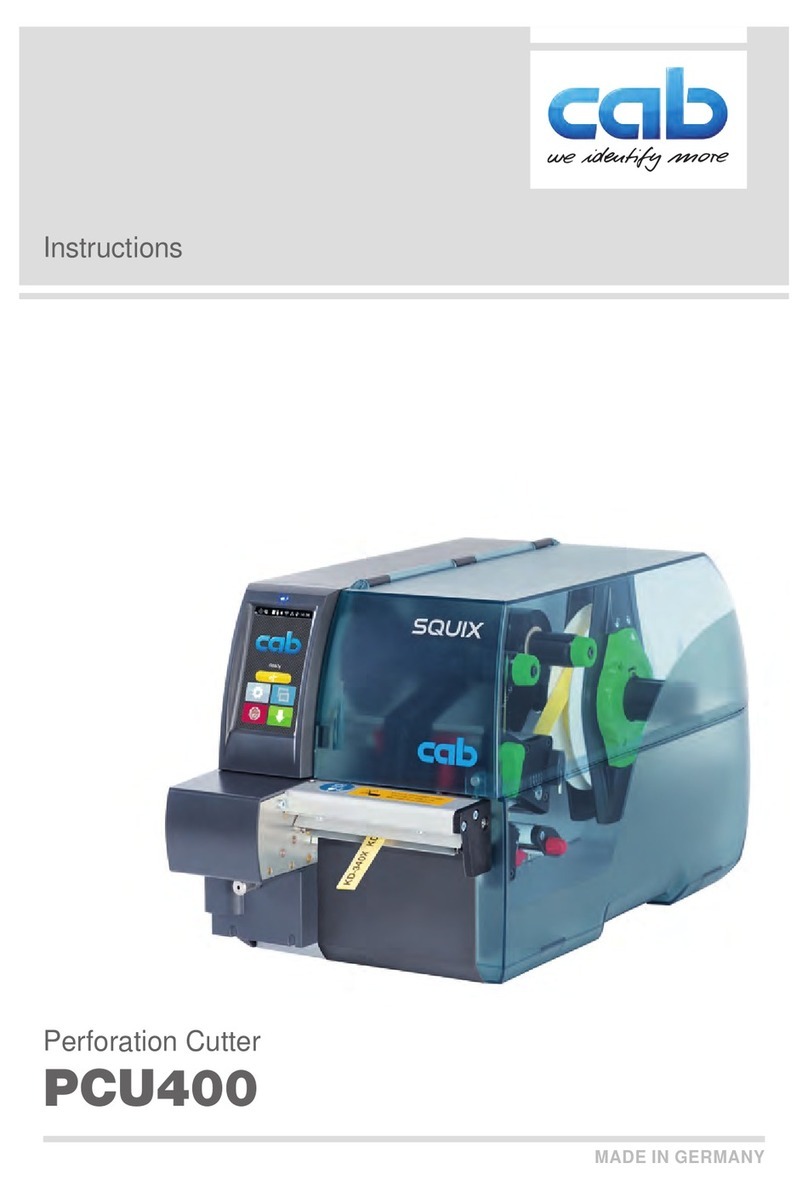Piranha Plasma Table 4
2.10.2. Pressure Regulators...............................................................................................24
2.10.3. Hoses.....................................................................................................................25
2.11. Additional Safety Information........................................................................................26
Chapter 3: SPECIFICATIONS...................................................................................................28
3.1. Machine View.................................................................................................................29
Chapter 4: INSTALLATION.......................................................................................................31
4.1. Introduction and Checklist ..............................................................................................31
4.2. Prior To Receiving..........................................................................................................33
4.2.1. Floor Condition.........................................................................................................33
4.2.2. Space/Location/Weights...........................................................................................33
4.3. Electrical Services..........................................................................................................35
4.3.1. CNC Control.............................................................................................................35
4.3.2. Plasma System........................................................................................................35
4.3.3. Earth Ground ...........................................................................................................35
4.4. Compressed Air & Gas...................................................................................................36
4.4.1. Air Connection Requirements...................................................................................36
4.4.2. Gas Supply Requirements .......................................................................................36
4.4.3. Option A: Air Dryer Unit............................................................................................36
4.4.4. Option B: Three-Stage Filter System........................................................................36
4.5. Fumes & Smoke Extraction Plan....................................................................................37
4.5.1. Exhaust Fan.............................................................................................................37
4.5.2. Water Table .............................................................................................................37
4.6. Required Equipment/Tools .............................................................................................38
4.7. After Receiving...............................................................................................................40
4.8. Unloading.......................................................................................................................40
4.8.1. Lifting with Crane (Recommended)..........................................................................41
4.8.2. Lifting with a Forklift .................................................................................................43
4.9. Unpacking ......................................................................................................................46
4.10. Installing Covers (5’ X 10’ Only)....................................................................................47
4.11. Leveling........................................................................................................................48
4.12. Machine and CNC Connections....................................................................................50
4.12.1. Air to Machine........................................................................................................50
4.12.2. Electrical Connection CNC Control.........................................................................50
4.13. Plasma Power Supply Connections..............................................................................53
4.13.1. For Hypertherm Powermax plasma system furnished by Piranha:..........................53






